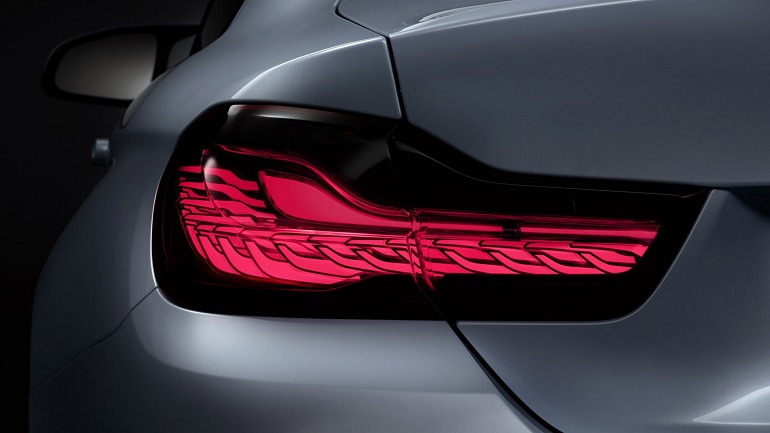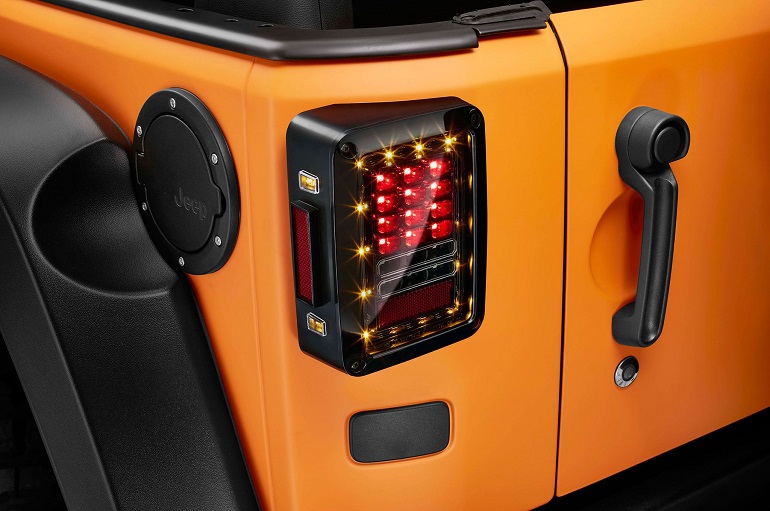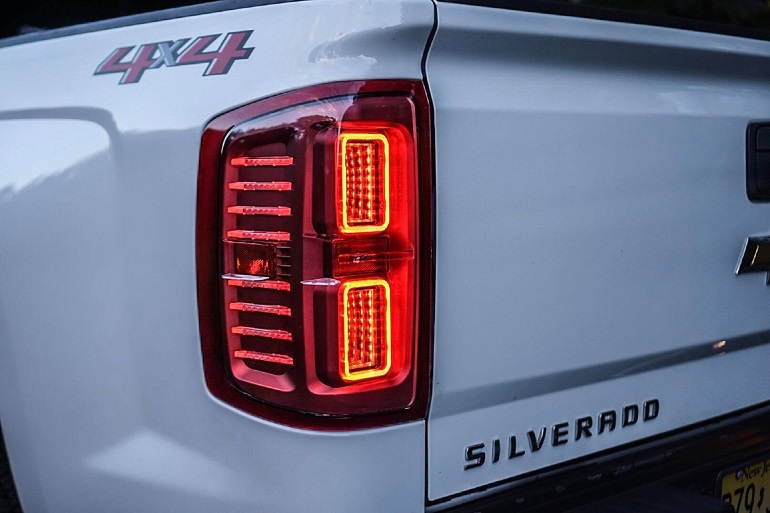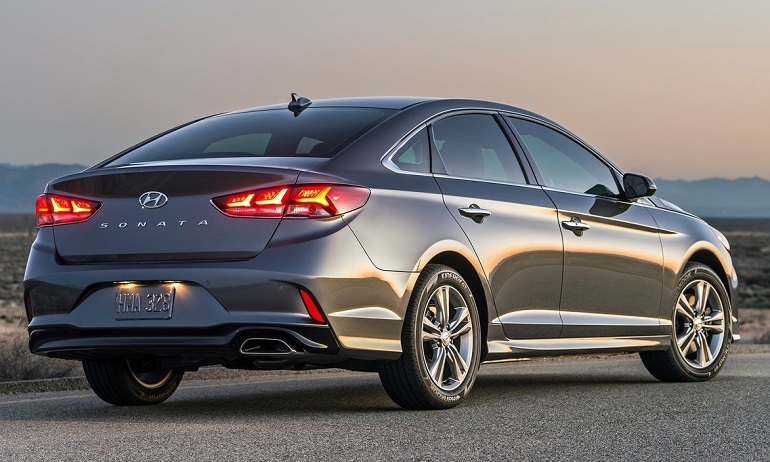
With the internet becoming as popular as it is nowadays, there’s a dizzying array of car products available in today’s market, and it’s no different for tail lights and light bulbs. Your car’s taillights, although simplistic in nature, play a crucial role in your safety while you’re on the road. These parts are also quite prone to damage, due to many drivers tailgating recklessly in crowded areas, which oftentimes result in minor accidents, and typically, your car tail lights are the parts that suffer. If you’re looking to replace a broken or worn down rear tail light, there are a few important things you need to consider in order to get the right one.
First and foremost, you need to know that inside the taillights, as well as the headlights, you’ll find three types of bulbs – filament/halogen, xenon/HID and LEDs. Rear tail lights usually incorporate the red tail light, which may also have a tail and stop lamp in one bulb, a fog light, one or two reversing lights, indicators, and one high-level brake light. Nowadays, LEDs are the most popular type of bulb used for headlights and taillights alike, and here’s why.
LED

LED lights are the most advanced types of car lights, and you’ll see them used as headlights and tail lights only on the newest cars. The light output of LED lights is by far the highest out of any other type of bulb, yet they use only a fraction of the power other types of bulbs use. LEDs are durable and have an incredibly long lifespan when compared to other types of lights. In fact, you can get over 10 000 working hours out of them before they need replacing. However, worth noting is that LED lights can cause problems with some cars as their power consumption rate is so abysmally low that the car will think the bulb isn’t working properly and will flag up a dashboard warning.
Xenon HID

HID bulbs (high-intensity discharge) are the most popular types of bulbs found on newer cars and they provide bright white light. Unlike conventional filament bulbs, these bulbs don’t feature a filament, but instead, they utilise electrodes in a glass tube that’s filled with xenon gas and they operate on a gas discharge principle. These bulbs require a ballast to operate, which is a small electrical box that starts the lights and manages their operation. As a result, you can’t just swap filament/halogens for HID, so you’ll need an aftermarket HID kit. Even then, you still won’t be able to fit them on some cars, so it’s best to stick to what you already have unless you have experience and knowledge on the matter. When the lifespan of xenon HID lights comes to an end, they start flickering, and their colour might change slightly.
Filament/Halogen

This type of bulb is what most older vehicles have. They operate exactly the same as household lightbulbs, where a thin metal filament is heated by an electric current. Most filament/halogen tail light bulbs are fitted with halogen gas, and they’re very affordable, easy to change, and long-lasting. You can get aftermarket high-power filament/halogen bulbs, which are direct fit replacements for your original bulbs. While these aftermarket tail lights may shine brighter than your stock lights, it’s not by a large margin. You may come across xenon-style filament bulbs, which emit a whiter light instead of a yellow one.
Although the bulbs are arguably the most important part of your tail light assembly, finding a taillight housing that fits your vehicle specifically is also quite important. Taillight assemblies can be either universal or vehicle-specific. More often than not, they’re vehicle-specific in order to ensure a snug fit and effortless replacement. All you need to do is go Google tail light assembly and the model, make and year of your vehicle, and you’ll probably get swarmed with links offering a wide range of tail light assemblies that can be either OEM or aftermarket.
Replacing tail lights is a simple task that can be done in any garage that has a few essential tools. To access your broken tail lights, you need to unscrew or unclip a flap or hatch inside the car. Some cars may require you to remove the entire light cluster, while others allow you to remove the electrical circuitry from the back with the light bulbs still attached. You still need to equip yourself with all the necessary knowledge before you replace your tail lights yourself, and always make sure the bulb works before you fit the light back in your car. However, if you feel like you can’t replace your tail light yourself, you should just head to your mechanic and let them do it for you. It’s not going to cost you much, and it’s a task that doesn’t require too much time to complete for an experienced and skilled mechanic.

